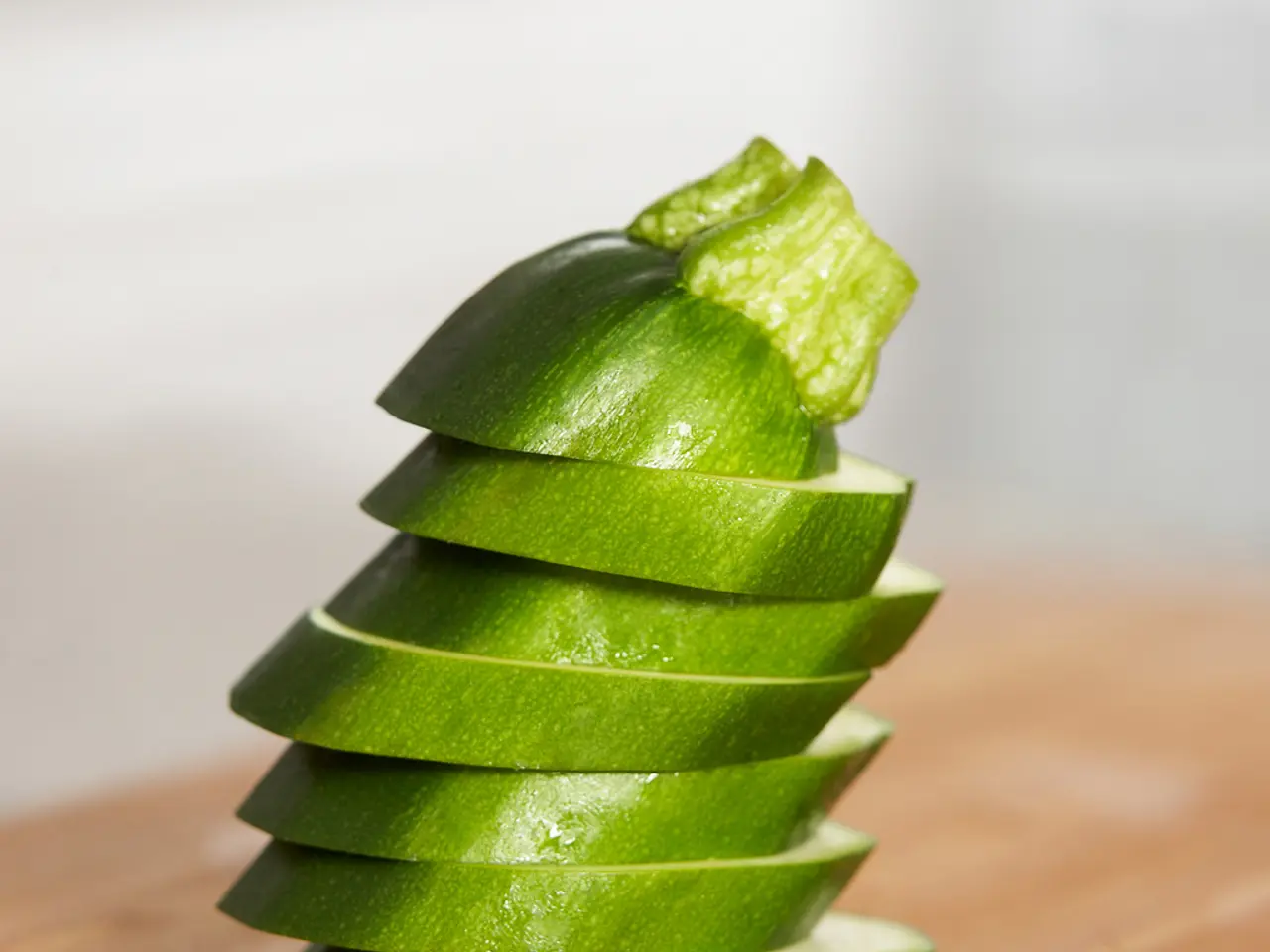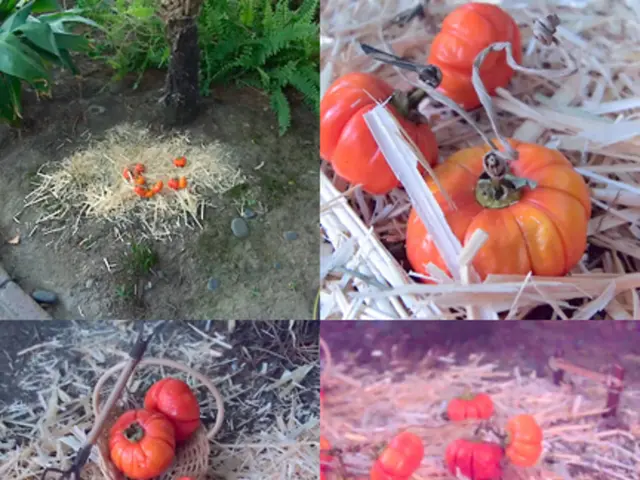Correct Methods for Trimming Cucumbers Efficiently
In the world of gardening, pruning cucumbers might seem daunting, but it's a crucial step to ensure a bountiful harvest and reduce the risk of diseases. Here's a simple guide on how to prune cucumbers, based on advice from gardening experts and Ogorod.ru.
To begin, it's essential to understand that pruning involves removing lower leaves, suckers, and shoots to improve air circulation and reduce humidity around the base of the plant. This helps lower the risk of fungal diseases.
Firstly, remove the lower leaves and suckers growing near the soil. It's best to do this when the plant is young and the leaves are still small. As the plant grows, pinch off lateral shoots once the plant has developed 3-4 true leaves. This directs the plant’s energy to main stem growth and fruit production.
Regularly during the season, trim excessive leaves and overcrowded growth to maintain good airflow and sunlight penetration. Cut the tops of main vines once they reach a certain length (typically 1.5-2 meters) to encourage the plant to focus on fruit development rather than further vegetative growth.
When pruning, use clean, sharp tools to avoid transmitting diseases. For tough stems, use sterilized scissors. It's also important to disinfect the tool between cuts to prevent the spread of diseases.
For cucumbers grown vertically, pruning involves removing shoots from leaf axils, side runners, and leaving the lower part of the stem bare, at about 40 cm. Do not remove suckers shorter than 3 cm - this is stressful for the plant. Wait until they reach 4-6 cm.
Experienced gardeners insist on pruning vertically growing plants to ensure energy is directed towards cucumber production. Tie up the bush immediately after defoliating the lower leaves to prevent stem breakage. When the main stem has grown 60-70 cm downwards, pinch off its tip.
In the middle part of the cucumber plant, all flowers should be left, but suckers should be pinched off after the second leaf. This encourages the development of fruiting branches without overloading the plant. Remove all secondary branches on the runners in the top part of the plant.
For parthenocarpic hybrids (F1), use the "one stem" scheme, leaving more lateral branches for bee-pollinated varieties.
If cucumbers are grown horizontally, pruning is not necessary. However, energy in vertically growing cucumber plants should not go into foliage but into the production of cucumbers.
Good pruning combined with proper feeding such as ash and vinegar applications can help cucumbers grow healthier and more robust, supporting a better yield. Regular pruning also complements foliar feeding and disease prevention measures to optimize cucumber productivity throughout the season.
In conclusion, pruning cucumbers is a vital part of maintaining a healthy and productive cucumber plant. By following these simple steps, you can ensure a bountiful cucumber harvest while minimizing the risk of diseases. Check out our articles on how to prune cucumbers correctly and tips from an experienced farmer for more information. And remember, always prune in the morning and disinfect your tools to prevent the spread of diseases.
Maintaining a healthy and bountiful cucumber harvest requires regular pruning to improve air circulation and reduce the risk of diseases. To achieve this, remove lower leaves, suckers, and lateral shoots, and trim excessive leaves and overcrowded growth as the plant grows. Pruning vertically growing plants can also ensure energy is directed towards cucumber production, and disinfecting tools between cuts is essential to prevent the spread of diseases.






